Pandemic Lockdowns Had A Surprising Impact On The Moon
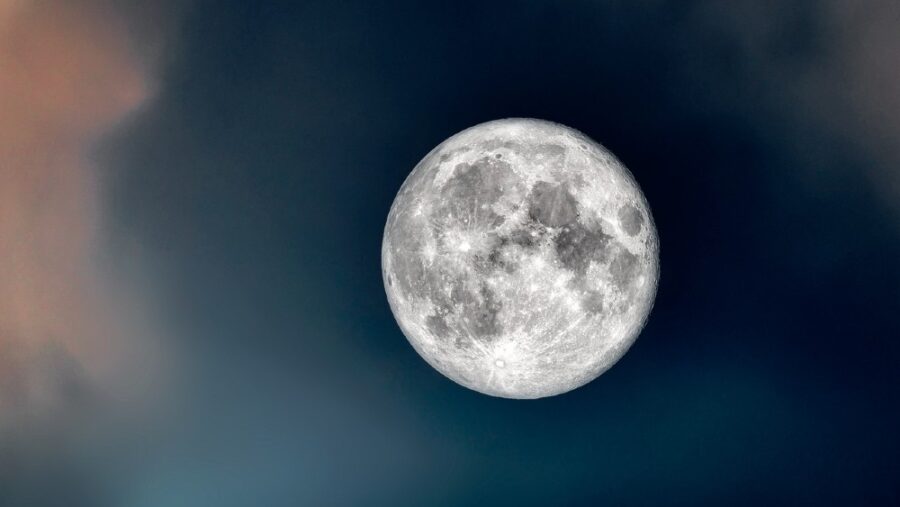
There wasn’t a corner of the planet that wasn’t impacted by the lockdowns stemming from the 2020 Covid-19 pandemic. But while the people of Earth were struggling to accept their new normal, the planet’s nearest neighbor was also undergoing a shocking set of changes from the events. The moon’s surface temperatures dropped measurably during the April and May 2020 lockdowns, giving researchers cause to believe that energy consumed on this planet has the ability to affect bodies outside of its orbit.
The Pandemic Dropped Energy Consumption

While most of the world was locked down in the early stages of the pandemic, the levels of energy consumption were far less than usual. With most places closed and jobs and schools pivoting toward remote experiences, there were far fewer vehicles on the roadways, and the massive office buildings that suck electricity from the grid were dark. This sudden drop in power usage meant that the planet was emitting far less radiation that traveled from its surface to the moon.
The Pandemic Cooled The Moon
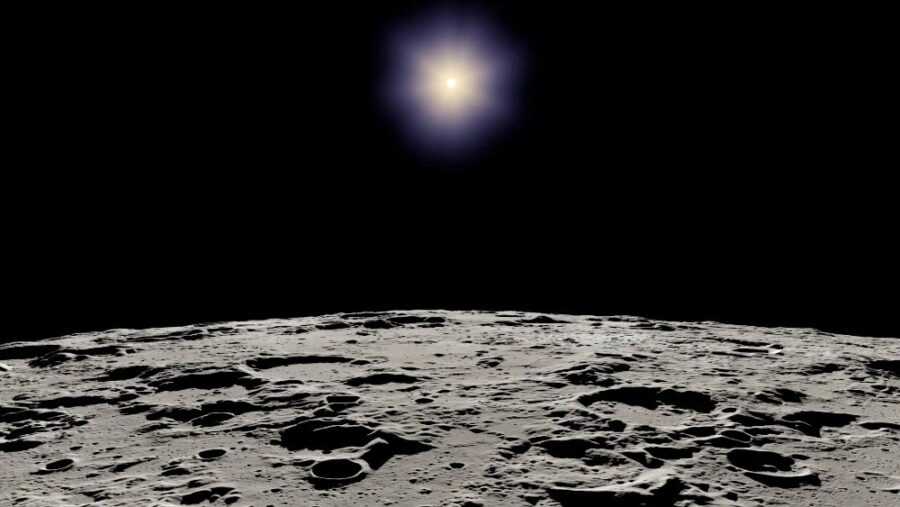
A recent study published in Monthly Notices of the Royal Astronomical Society: Letters revealed the lockdown’s impact on the moon. The researchers had spent a number of years measuring, among other things, the lunar nighttime temperatures spread across six different locations on the moon’s side nearest to the Earth. From 2017 through 2023, the researchers conducted their study and noticed “an anomalous dip” in the temperatures that impacted all six independent locations. The dates of the temperature drops were recorded in April and May 2020.
Nocturnal Emissions
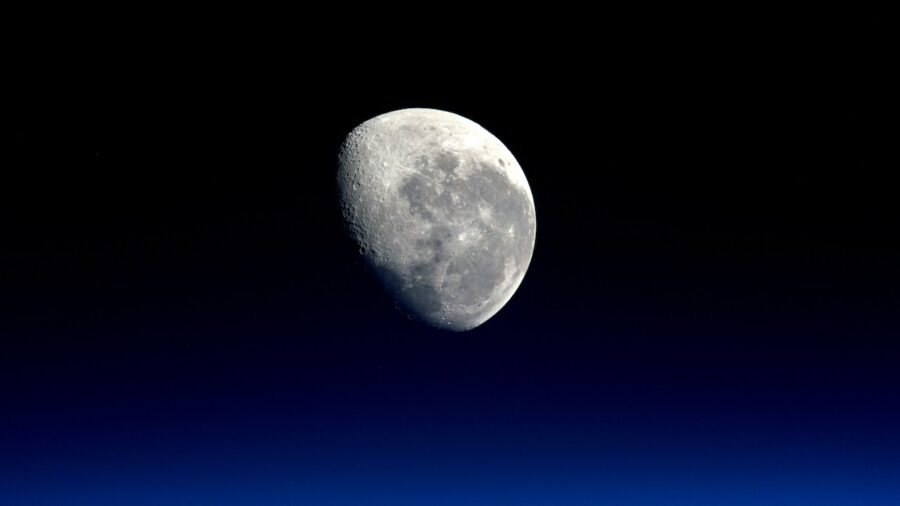
The study revealed that the temperature dropping effect was only noticed at night and “chalked it up to solar radiation emitted from Earth.” Lockdown or not, the radiation emitted from Earth has a significant effect on the moon’s surface temperatures, the researchers maintained. They further stated that the solar radiation will not impact the lunar surface during it’s “daytime” phase.
Once the lockdowns on Earth began to end toward the end of the spring of 2020, the moon’s nighttime temperatures rebounded back to the levels that had been observed since the beginning of the study in 2017. The temperatures maintained their regained levels throughout the rest of the study as well.
Returning To The Moon
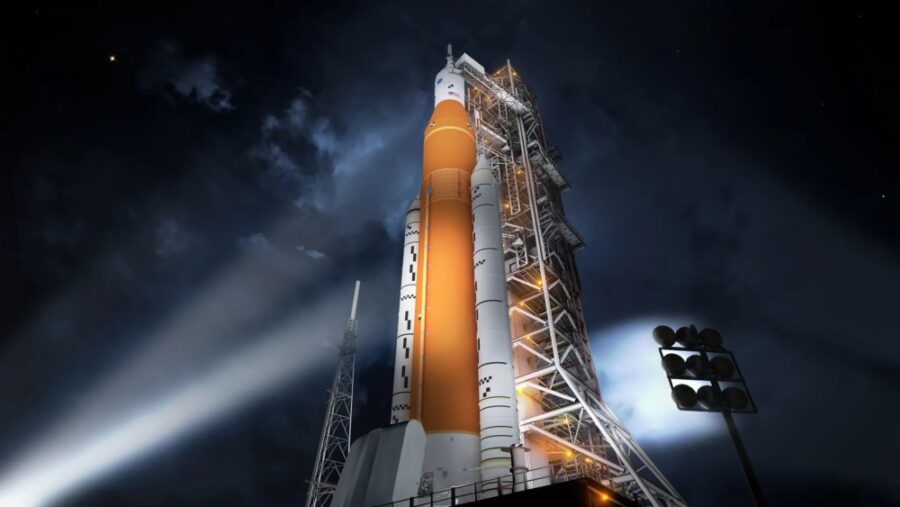
With NASA planning to send more spacecraft to the moon’s surface in the coming years, more and more research is being conducted about the lunar surface, atmosphere, and core. The Artemis Program was scheduled to send manned missions back to the moon in 2025 but might face further delays. Since the Apollo Program first put men on the moon’s surface in July 1969, nine human missions to the orbiting body occurred through 1972.
The Long List Of Why We Haven’t Been Back
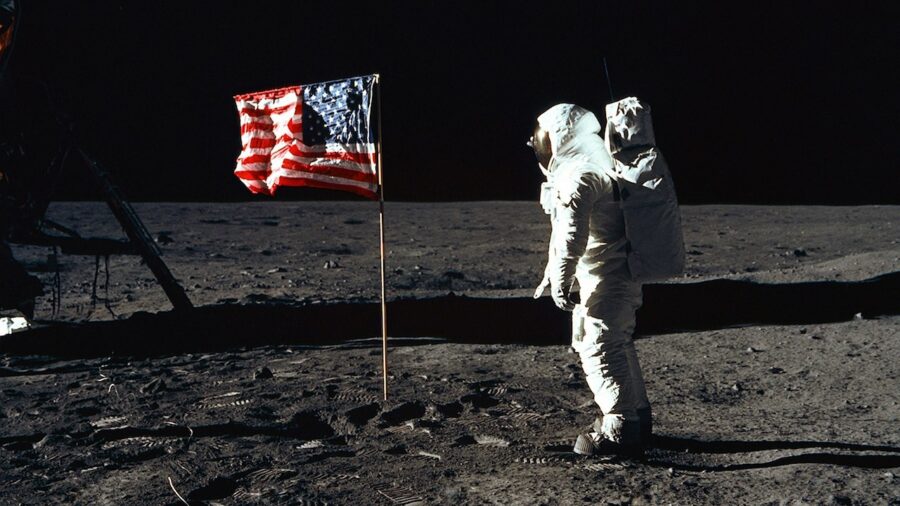
That year, the Apollo 17 mission saw the final time that astronauts walked on the lunar surface. In the 50+ years that have passed, complications from financing, cost overruns, technical issues, and more have stalled the Artemis Program from returning humans to the moon. With the era of lockdowns and runaway inflation hopefully behind the country, a scheduled launch date for the next human mission to the moon will possibly happen next year.
Sources: Oxford Academic












